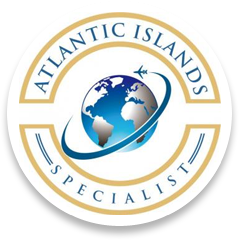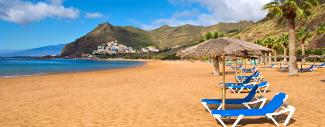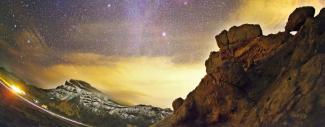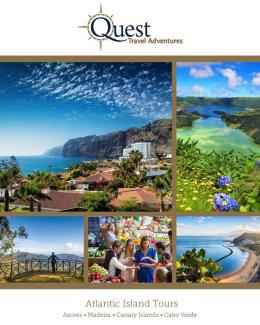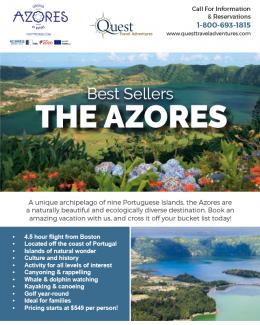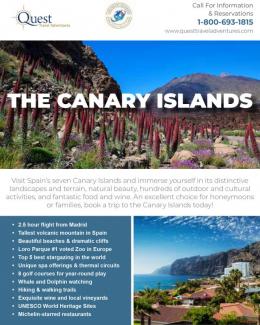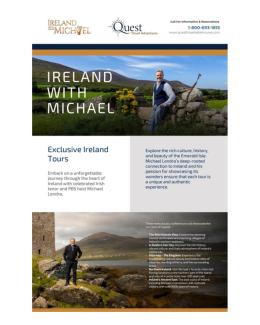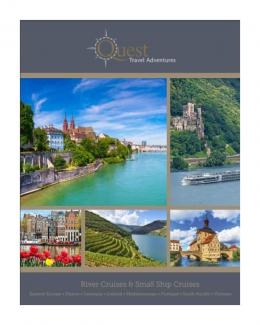Traveling to Tenerife
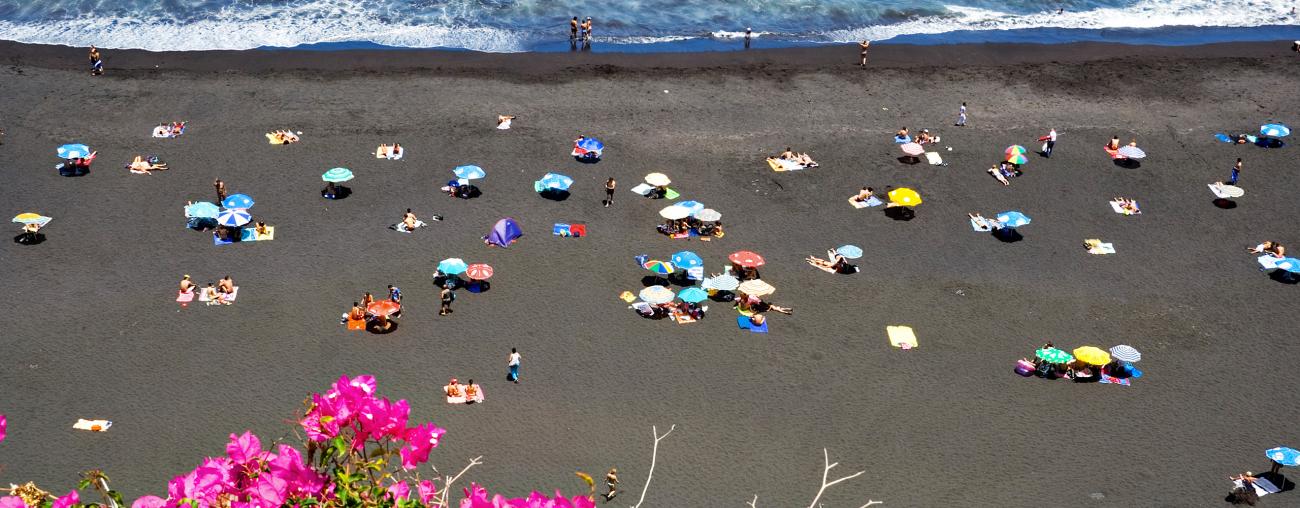
While many have heard of the Canary Islands, few have heard of the island of Tenerife. So what is so special about Tenerife? Where is Tenerife? How do you get there? If you're looking for a unique island vacation, forget the research, we're rounding up all you need to know about traveling to Tenerife.
Where is Tenerife?
Tenerife is the largest of the Canary Islands, a chain of Spanish islands in the eastern Atlantic Ocean off the coast of Southwest Spain. If you're looking at a Canary Islands map, Tenerife is the largest of the archipelago, located to the left of Gran Canaria, the capital island.
Not your typical island destination, Tenerife has something for everyone. It's a place where you can picture yourself in multiple places around the globe - without even stepping off the island. Picture this: the volcanic landscapes, boardwalks and resorts of Maui, combined with the food, wine, port and Spanish colonial architecture of Barcelona, and the white/black sand beaches of Costa Rica - all on one island.
How Do You Get to Tenerife?
Tenerife is the only island in the Canary Islands with two airports, one in the north and the other in the south. It's also easily accessed by boat because of its two seaports. If you are looking for Tenerife flights from the east coast, Boston or New York, you'll want to fly into Madrid. Once you're in Madrid, Tenerife is a two-and-a-half-hour flight south. Iberia Airlines also has frequent flights from all major Spanish cities, including multiple flights per day into TFN, the North airport. Right now, you can get cheap flights to Tenerife for travel to the island in March on WOW Air for less than $500.
Once you're on the island, getting around is simple. Whether you choose to take a bus, car or taxi, the roads are well kept, and four lane highways are well lit and marked with signage, allowing for easy travel.
The Geography of the South and The North
The island has the highest peak in Spain - Mt. Teide. This volcano divides the island into two, the Cultural North and the Bustling South. Did you know Tenerife boasts nearly 250 miles of coastline and 43 miles of white sand and black sand beaches?
In the lush and tropical north end of the island you will find Spanish colonial cities such as the UNESCO world heritage city, La Laguna, and the old colonial port of Garachico. A very unique geological phenomenon that was caused by the last eruption in the 1790s, are the lava pool formations in Garachico that you can walk around and swim in. On the opposite side of the island in the South, you will be surrounded by golden sand beaches and vibrant coastal towns. Despite the distinct and exotic terrain, you can still travel from Tenerife north to Tenerife south in less than an hour.
Climate and Weather
Known as the island of eternal spring, temperatures average around 75° year-round. The island's varied topography offers a plethora of options for those seeking adventure. From beach to mountain, explore banana plantation filled valleys, marvel at lunar landscapes, hike through giant rhododendron and beautiful fern forests, or try your hand at windsurfing or paragliding. The four separate microclimates on the island allow for a varied and diverse amount of activities and experiences. Whatever your preference, you'll be sure to find your ideal climate here!
Things to Do in Tenerife
If you're looking for what to do in Tenerife, there's no shortage of activities. 12,198 feet above sea level there's Teide National Park, one of Tenerife's national treasures and a UNESCO World Heritage Site, with some of the best stargazing in the world. Under the sea, the crystal-clear waters of the Atlantic Ocean are filled with a rich diversity of marine life, making it a top location for whale and dolphin watching, as well as an underwater paradise for divers. Above the water, Tenerife is home to the #1 spa in Europe, the #1 waterpark and the #1 zoo in the world. For you foodies and wine connoisseurs, you'll want to visit Tenerife's world-famous vineyards and taste some traditional meals such as papas arrugadas con mojos. For those more adventurous, Tenerife is full of unique activities, such as exploring the 10-mile-long Cueva del Viento - the "Cave of Wind" at Icod de los Vinos, the longest lava tube in Europe.
Culture
While Spanish is the official and primary language of the island, there's no need to worry - all resorts and most tourist destinations speak English.
As for Tenerife holidays, the island is home to the second largest Carnival celebration in the world, after Rio de Janeiro. Carnival queens, stunning costumes, marching bands, music and happy mayhem, islanders and visitors gather together during this 14-day celebration that draws crowds from around the globe. Here's the key to experiencing an unforgettable Carnival: put on your costume, dive in, and party all night. If you're visiting the island after Carnival, you can check out the smaller festivals, or Romerias, which happen in various villages from June - September.
While other destinations make you choose between beaches, forests, or the mountains, when you travel to Tenerife you don't have to choose. We may be biased, we think that Tenerife is the best of the Canary Islands!



